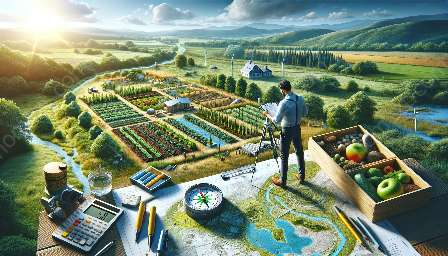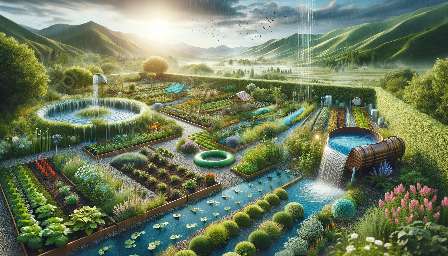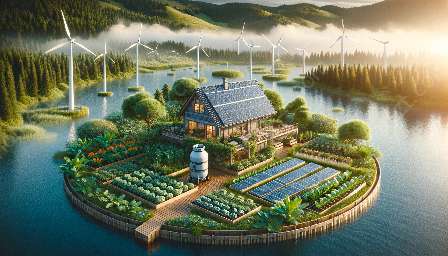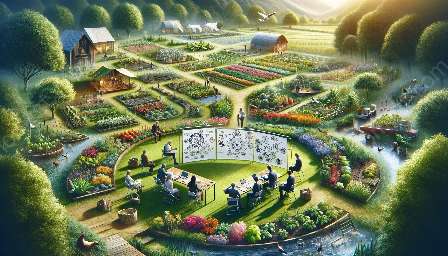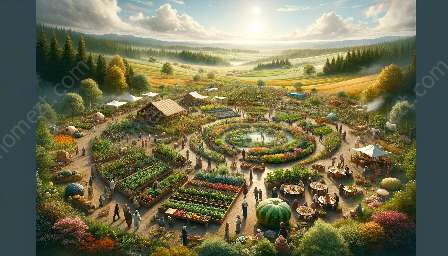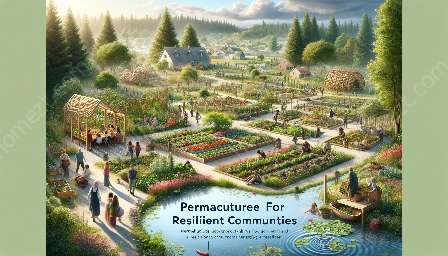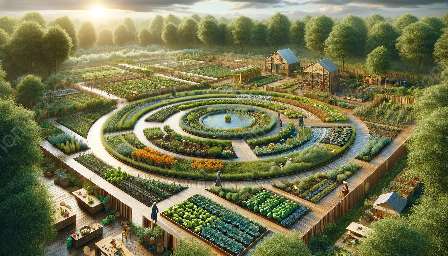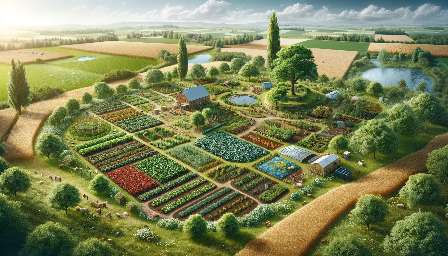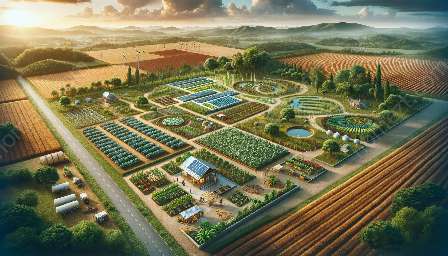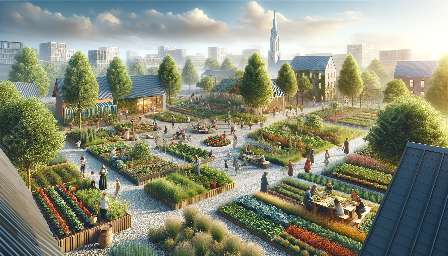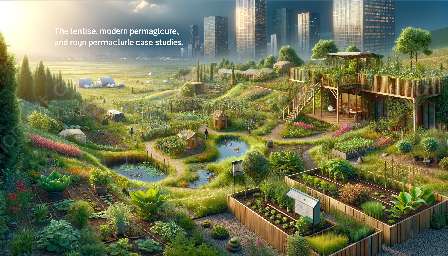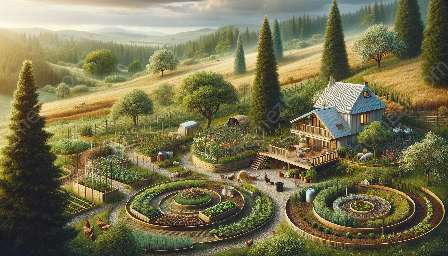Permaculture in arid environments presents unique challenges and opportunities for creating sustainable gardening and landscaping solutions. With careful planning and mindful design, it is possible to achieve harmonious relationships between people, the earth, and its resources, even in dry regions. This article will explore the principles of permaculture and how they can be applied to arid environments, offering insights into soil improvement, water conservation, and plant selection.
Understanding Permaculture
Permaculture is a design system that integrates human activities with natural ecosystems to create regenerative, self-sustaining environments. It emphasizes ethical principles and design strategies that mimic patterns and relationships found in nature. By following permaculture principles, individuals can develop productive and resilient landscapes that require minimal inputs and maintenance.
Permaculture design is centered around several core principles, including observation, diversity, and integration. By observing natural patterns and processes, permaculturists can gain valuable insights into how to design and manage landscapes in arid environments sustainably.
Soil Improvement Techniques
One of the key aspects of permaculture in arid environments is improving the soil to maximize its water retention and fertility. Several techniques can be employed to enhance soil quality and structure, such as:
- Composting: By creating and adding compost to the soil, organic matter is introduced, improving its ability to retain water and nutrients.
- Sheet mulching: This method involves layering organic materials on the soil surface, providing insulation and promoting the growth of beneficial microorganisms.
- Swales and earthworks: Creating swales, which are shallow ditches, and other earthworks can help capture and retain rainfall, preventing runoff and allowing water to infiltrate the soil.
- Planting cover crops: Cover crops can protect the soil from erosion, improve its structure, and contribute organic matter when they are eventually turned into the soil.
Water Conservation Strategies
In arid environments, water is a precious resource that must be carefully managed. Permaculture offers various techniques for conserving and making the most of available water, including:
- Rainwater harvesting: Designing systems to collect and store rainwater can provide a valuable water source for plants and other uses.
- Greywater recycling: Reusing household greywater, such as from sinks and showers, for irrigation can help reduce water demand and minimize the impact on local water sources.
- Drought-resistant plant selection: Choosing plants that are well-adapted to arid conditions can reduce the need for irrigation and overall water consumption in the landscape.
Plant Selection and Design
When designing a permaculture landscape in an arid environment, careful consideration must be given to plant selection and arrangement. This involves incorporating native and drought-tolerant species, as well as applying the following design principles:
- Polycultures: Planting a diverse range of species, including trees, shrubs, and ground covers, can create mutually beneficial relationships and enhance ecosystem resilience.
- Succession planting: Strategically staggering plantings to ensure continuous ground cover and resource use throughout the year can maximize the landscape's productivity.
- Microclimates: Creating microclimates through the use of natural and built elements, such as windbreaks and water features, can help buffer plants from extreme weather conditions.
Conclusion
Practicing permaculture in arid environments requires thoughtful planning and an understanding of ecological principles. By incorporating soil improvement techniques, water conservation strategies, and appropriate plant selection and design, individuals can create sustainable and resilient landscapes that thrive in dry conditions. Embracing permaculture in arid environments is not only environmentally responsible but also an enriching way to connect with nature and promote biodiversity.




